The 2025 tobacco marketing season officially came to a close yesterday, marking a historic milestone for Zimbabwe's agricultural sector as the country posted record-breaking output and earnings. While contract sales will continue, attention is now shifting toward increasing local value addition and processing of the golden leaf to maximise its economic potential.
This season, tobacco farmers delivered an unprecedented 352.7 million kilogrammes of tobacco, surpassing the initial national target of 300 million kg and grossing a staggering US$1.2 billion. This achievement outpaces the 296 million kg recorded in the 2022/23 season and the 231.8 million kg registered in 2023/24. The government now targets 400 million kilogrammes by 2030.
Lands, Agriculture, Fisheries, Water and Rural Development Permanent Secretary, Professor Obert Jiri, hailed the season as a landmark success, attributing the performance to the implementation of the Tobacco Value Chain Transformation Plan.
"The 2025 marketing season has been a major success in the agriculture sector. This success marks a significant milestone, and with continued improvements in financing, processing, and contract systems, the sector is poised for even greater achievements. Now that we have improved on volumes, we target to increase local value addition and processing of the crop to improve earnings," said Professor Jiri.
He noted that local value addition had increased from 8.8% in 2023 to 10.15% this year. Under the National Development Strategy 1 (NDS1), the country is targeting 30% value addition, with government and stakeholders pushing for more investment in processing infrastructure and financing to support local ownership.
Professor Jiri also highlighted the pivotal role of smallholder farmers, who now account for more than 70% of national tobacco output. A proposed US$50 million fund is in the pipeline to strengthen local financing in the sector, particularly for smallholder farmers.
Currently, 93% of Zimbabwe's tobacco is grown under contract farming, a model that has drawn criticism from some growers. Jiri said the system is being fine-tuned to ensure mutual benefit for both farmers and merchants.
Despite the success in production, Zimbabwe continues to lose potential revenue through the export of semi-processed tobacco. There are nine cigarette manufacturing plants in the country with a combined capacity to produce 17 billion sticks annually, but actual production remains at 4 billion sticks. Stakeholders say value addition is key to unlocking new revenue streams and jobs.
Tobacco Farmers Union Trust president, Edward Dune, said the season ended on a high note with improved rainfall and good agronomic practices playing a significant role. He expressed optimism about new policy measures that could localise funding and promote value chain development.
"A new record was set owing to a favourable season in terms of rainfall quantities and good agricultural practices. We have had fewer complaints related to delayed payments, but input costs, rigid contractual obligations and the 70/30 forex retention policy remain major challenges," Dune said.
Zimbabwe Tobacco Growers Association president, George Seremwe, also commended the season's success, noting improved synchronisation between quality, quantity and prices.
"We want to see more inclusion of the farmer in the value chain," Seremwe said.
Economist Dr Prince Kuipa from the Zimbabwe Farmers Union said local financing could be a game-changer, empowering farmers and insulating the sector from foreign currency dependency.
"Local financing benefits the economy by keeping money circulating within the country. It reduces reliance on scarce foreign currency and can spur investment in value addition, leading to job creation and improved livelihoods," said Dr Kuipa.
Zimbabwe is currently the fifth-largest producer of tobacco in the world, an achievement driven by the efforts of over 140,000 active farmers and the robustness of the value chain. Tobacco remains a cornerstone of the country's agricultural exports, contributing over US$1 billion annually and supporting thousands of rural households.
- The Herald
 NetOne CEO granted US$500 bail in fraud case
NetOne CEO granted US$500 bail in fraud case  South African ambassador falls to death from Paris hotel room
South African ambassador falls to death from Paris hotel room  India dumps US Treasury bills
India dumps US Treasury bills  ZSE and VFEX recover after weak 1st half
ZSE and VFEX recover after weak 1st half  Gold edges up as traders await guidance
Gold edges up as traders await guidance  Wheat records first ZMX trade at US$400/tonne
Wheat records first ZMX trade at US$400/tonne  Young Investment Professional (YIP) Graduate Programme 2019
Young Investment Professional (YIP) Graduate Programme 2019 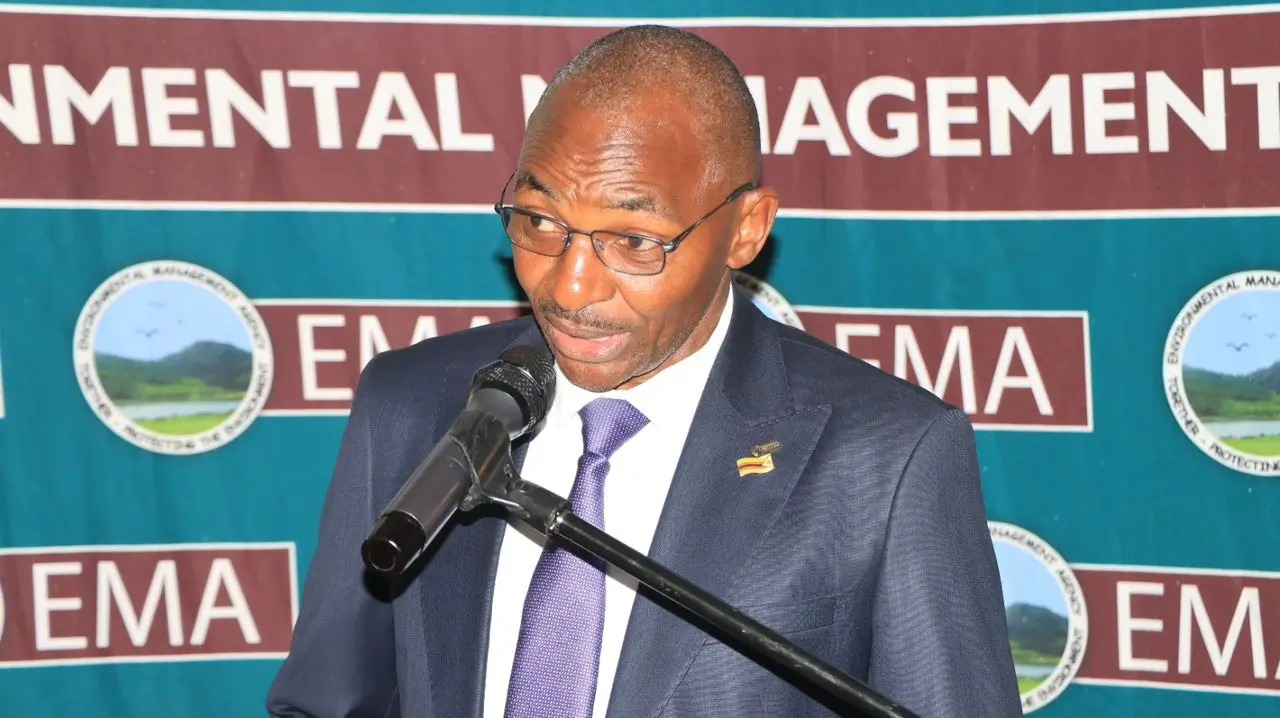

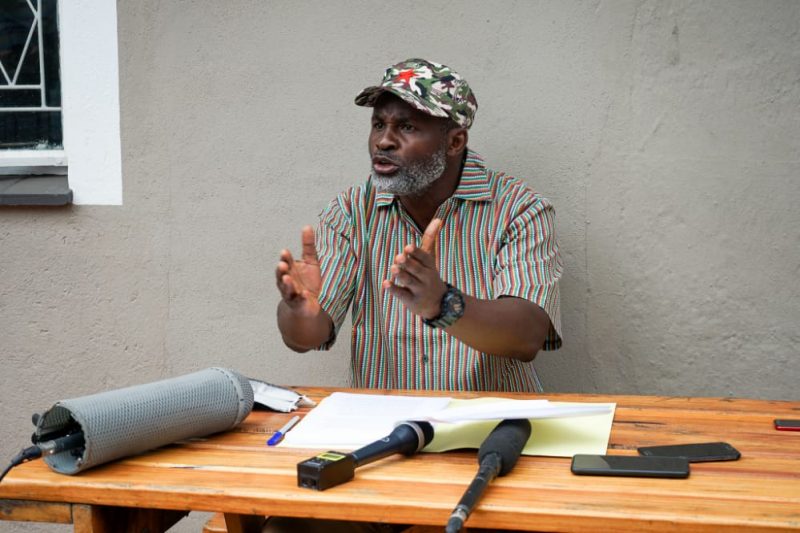

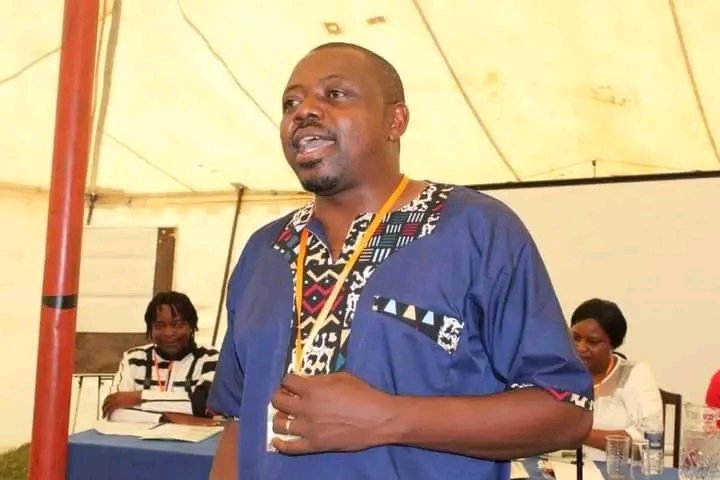




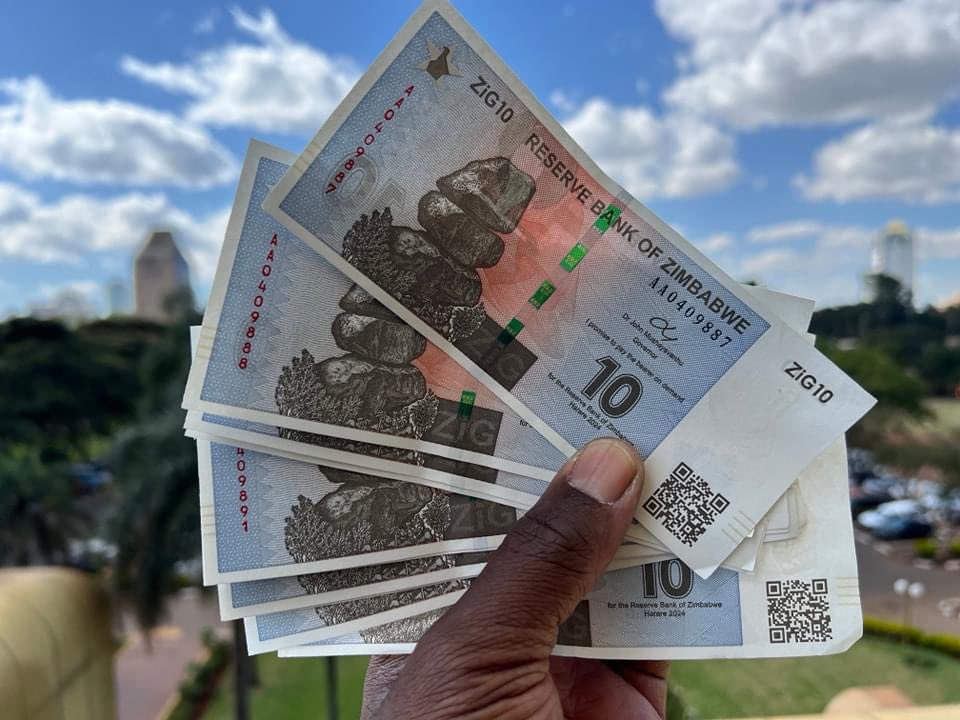

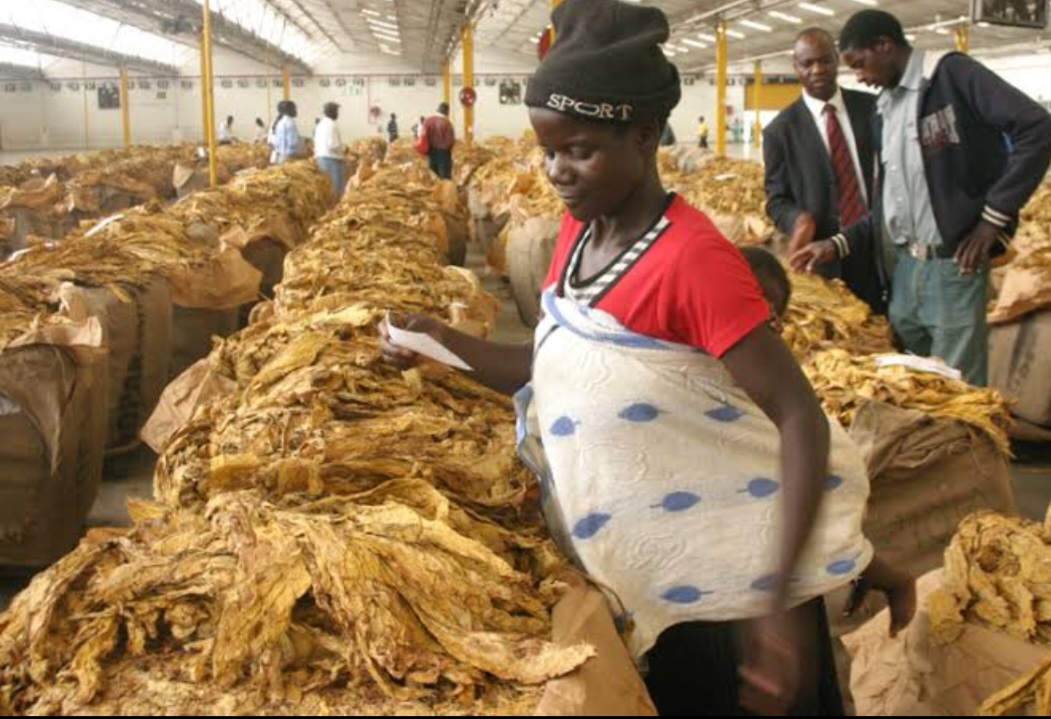
 Young Investment Professional (YIP) Graduate Programme 2019
Young Investment Professional (YIP) Graduate Programme 2019
Editor's Pick